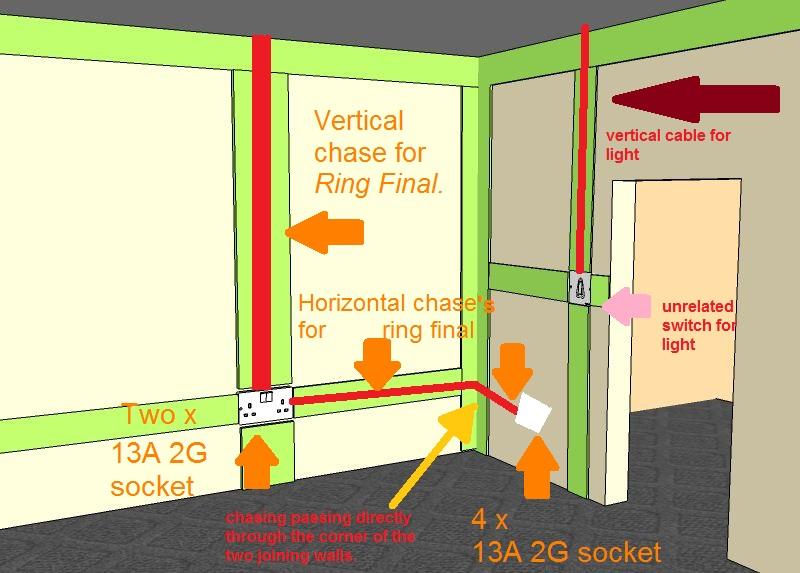Au contraire.Yet another example of JohnW and sadly others hijacking a relatively straight forward question and answer session and starting to create doubt and confusion where there need be none.
Discussion of the issue of zones for cables being created by accessories to which those cables are connected, not merely passing by, and why that is of more than "technical" importance, was not hijacking, and please note that it began before the OP confirmed that in this case all of the cables would be connected to the accessories.


